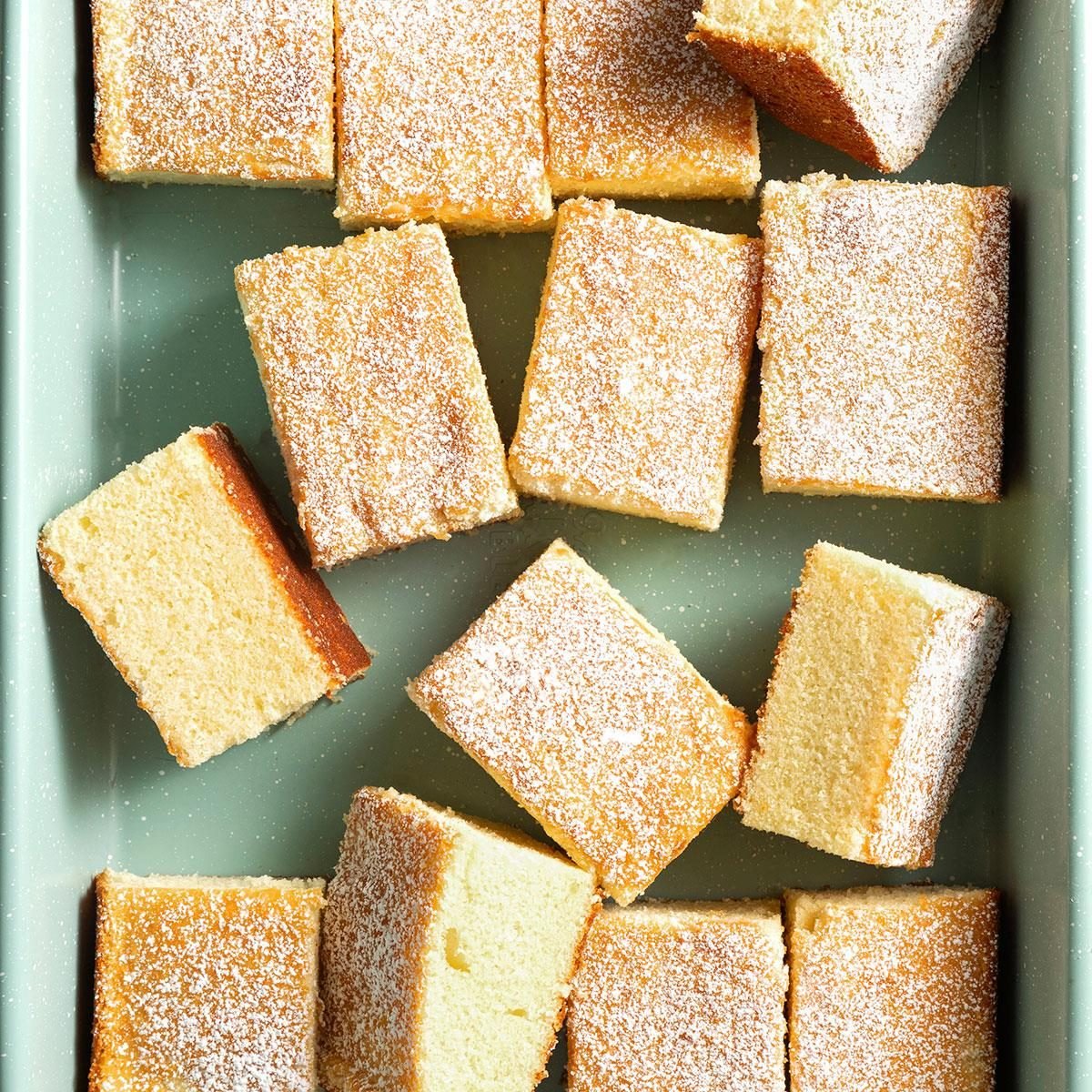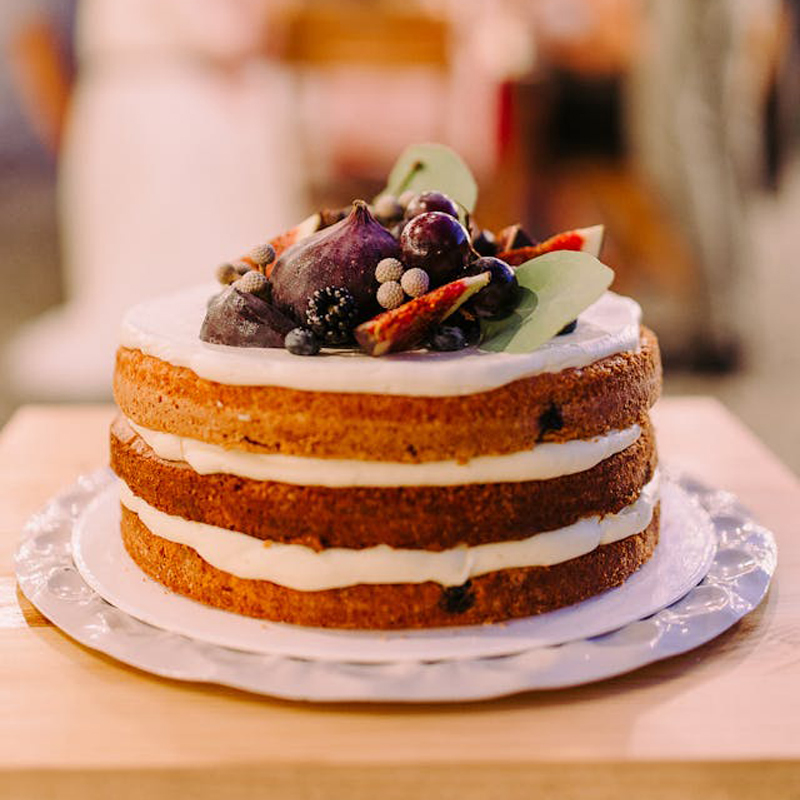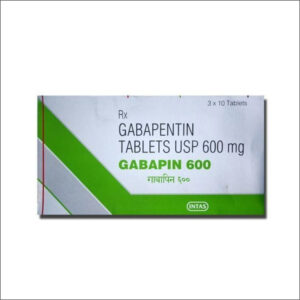How Baking Powder Makes Cakes Rise
Baking powder is a crucial ingredient in many baked goods, especially cakes. It plays a key role in making them light, fluffy, and tender. The science behind this magical transformation lies in chemistry. Baking powder is a chemical leavening agent, and it helps cakes rise by producing carbon dioxide gas when it reacts with moisture and heat. This gas forms bubbles in the batter, which expand as the cake bakes, giving it volume and a soft texture.
What Is Baking Powder?
Baking powder is a dry mixture made up of three basic components: an acid, a base, and a filler. The base is usually baking soda (sodium bicarbonate), the acid can vary (often cream of tartar or monocalcium phosphate), and the filler is typically cornstarch, which keeps the mixture dry and prevents premature reactions.
There are two main types of baking powder: single-acting and double-acting. Single-acting powders react fully once moisture is added, meaning the batter must be baked immediately after mixing. Double-acting powders, which are more common, have two stages of reaction—once when mixed with liquid and again when exposed to heat. This delayed second reaction is what helps create a consistent rise during baking.
The Chemical Reaction
The rising action in cakes occurs when baking powder undergoes a chemical reaction that releases carbon dioxide gas. Here’s how it works:
Initial Reaction (Moisture-Triggered): When baking powder is mixed with the wet ingredients in a cake batter, the acid and base start to react. This first stage produces a small amount of carbon dioxide gas, which begins to form air bubbles in the batter.
Secondary Reaction (Heat-Triggered): As the batter heats up in the oven, the second acid in double-acting baking powder activates. This causes more carbon dioxide to be released, significantly expanding the bubbles already formed. The batter surrounding these bubbles bakes and sets, trapping the gas inside and creating a light, airy structure.

Why It Matters in Cakes
Cakes depend heavily on their texture. Unlike bread, which can be dense and chewy, cakes are meant to be soft, moist, and fluffy. Baking powder ensures that cakes rise evenly and have a fine crumb. Without a leavening agent like baking powder, cakes would be flat and heavy, resembling more of a pancake than a sponge cake.
Baking powder also helps improve the overall appearance and mouthfeel of cakes. It gives them that beautiful dome-shaped top and delicate texture that makes each bite feel light.
Common Baking Powder Mistakes
Although baking powder is simple to use, certain mistakes can affect its performance:
Using expired baking powder: It loses potency over time, so always check the expiration date.
Using too much or too little: Too much can cause the cake to rise quickly and then collapse. Too little will result in a dense, heavy cake.
Not baking immediately (for single-acting powder): Delaying the baking process can cause the gas to escape before the cake has time to set.
Conclusion
Baking powder might seem like a small ingredient, but it has a big impact on cake baking. Through its clever chemical reaction, it introduces carbon dioxide into the batter, creating air pockets that give cakes their signature fluffiness. Understanding how it works not only helps bakers troubleshoot issues but also opens the door to experimenting with different textures and flavors in the kitchen. So next time you bite into a perfectly risen cake, you’ll know that baking powder played a starring role in that delicious success.
Our Products
-
Gabapentin 600MG
$1.50 / Per Pill
-
Azithryomycin 500MG
$2.50 / Per Pill
-
Viagra 200MG
$1.50 / Per Pill






